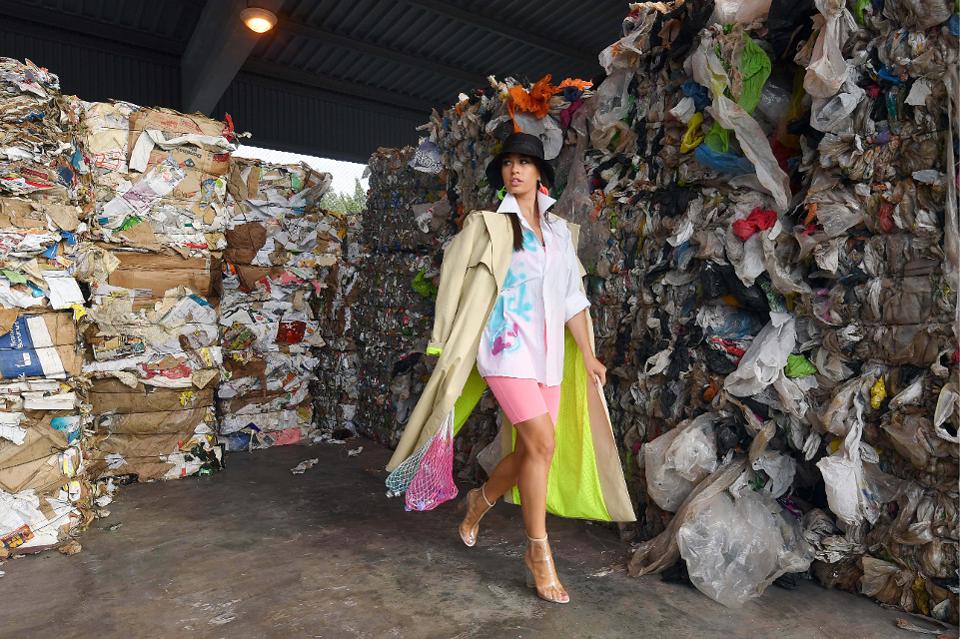
Fashion is destroying the planet - Here is how we fix it
Fashion & The Environment
In order to produce what’s estimated to be between 100 million and 150 million garments per year, the fashion industry – along with the footwear industry – is producing over eight per cent of total greenhouse gas emissions. More than 200 million trees are cut down each year to make cellulose fabric and plastic microfibres shed from synthetic clothing.
According to forensic evaluation of plastics less than 1mm from sediments in research by Mark Browne, of the University of New South Wales, Australia, polyester and acrylic fibres account for 85 per cent of human-made material found along ocean shores.
The industry’s CO2 emissions are projected to rise by more than 60 per cent by 2030 and if it doesn’t take action, fashion could be using more than a quarter of the global carbon budget by 2050.
As a result of the proliferation of damning research in recent years, the industry has responded with eco-friendly collections, The Fashion Pact, self-set sustainability targets, social media self-flagellation, carbon-offsetting schemes and tree-planting initiatives. But is it enough? Will the fashion industry ever meet the ultimate goal of being fully sustainable?
Firstly, it would be helpful to establish what sustainable even means. It’s used so broadly – plastered across the hoarding of brand-new building developments and printed on to the labels of T-shirts – that it’s beginning to lose meaning. Luckily, the planetary boundaries framework, a concept led by Johan Rockstroem, exists to illustrate and quantify the conditions which will maintain a “safe operating space” for humanity. There are nine boundaries which include climate change, freshwater use, ocean acidification, and biodiversity loss. In some categories, we’re still in the “safe” zone, while in others, we’re already in either “uncertain” or “high risk” territory.
It's not necessary for every single person who wants to buy a pair of jeans to know how planetary boundaries work but what’s important is that it provides a guide of sorts for what the fashion industry – and other industries – need to do to maintain a safe, habitable planet. Kering, the fashion giant behind brands such as Gucci, Saint Laurent and Alexander McQueen, released a paper in 2019 which discussed how business sustainability goals can be linked to planetary boundaries. It conceded that it won’t be an easy task but that it’s necessary for a focused approach towards a sustainable future rather than blindly tackling whatever issue happens to be trendiest.
